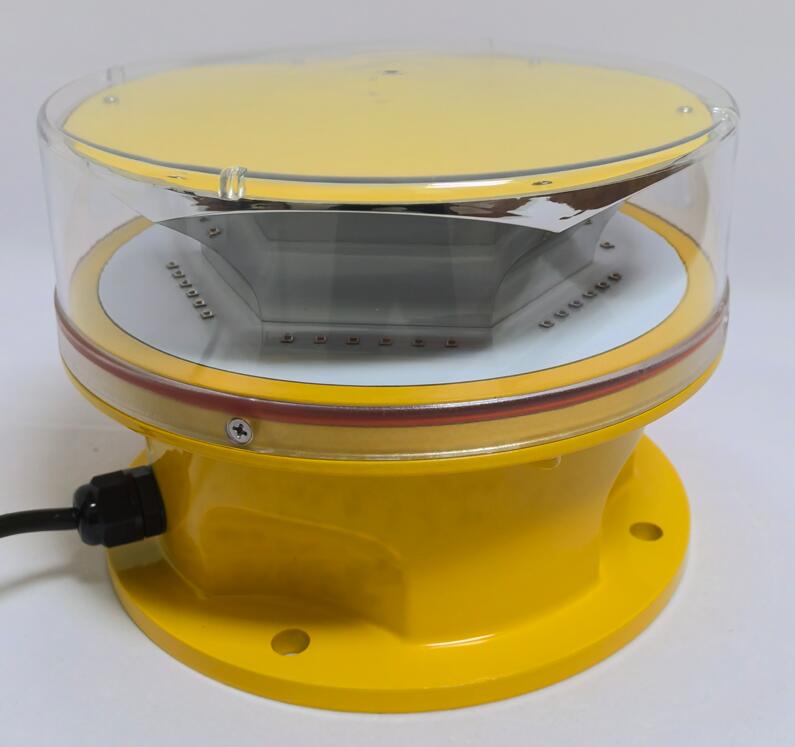Guiding the Skies: The Essential Role of Aircraft Warning Lights for Buildings
As urban landscapes continue to grow taller and more complex, the need to ensure aviation safety has become increasingly critical. Aircraft warning lights for buildings play a vital role in this effort, providing clear visual cues to pilots and preventing collisions with tall structures. These specialized lighting systems are not just a regulatory requirement but a fundamental component of modern urban planning and aviation safety.
The Purpose of Aircraft Warning Lights for Buildings
Aircraft warning lights are designed to make tall buildings, towers, and other high-rise structures visible to pilots, especially during nighttime or low-visibility conditions such as fog, rain, or snow. By marking the height and location of these structures, they help pilots navigate safely through urban airspace, reducing the risk of accidents and ensuring compliance with aviation safety regulations.
Key Features of Aircraft Warning Lights
High Visibility: Aircraft warning lights are engineered to emit bright, intense light that can be seen from miles away. This ensures that buildings are clearly visible to pilots, even in adverse weather conditions.

Durability: These lights are built to withstand harsh environmental conditions, including extreme temperatures, strong winds, and UV exposure. Their robust construction ensures long-term reliability and minimal maintenance.
Energy Efficiency: Modern aircraft warning lights often use LED technology, which consumes less energy than traditional lighting systems while providing brighter and more consistent illumination. This makes them both cost-effective and environmentally friendly.
Compliance with Regulations: Aircraft warning lights must meet strict standards set by aviation authorities such as the Federal Aviation Administration (FAA) and the International Civil Aviation Organization (ICAO). These regulations dictate factors like light intensity, color, and flash patterns to ensure uniformity and effectiveness.
| Aircraft warning lights for buildings |
| Aircraft warning lights for building |
Customizability: Depending on the height and location of a building, aircraft warning lights can be customized to meet specific requirements. This includes variations in light intensity, color (typically red or white), and flash patterns.
Applications of Aircraft Warning Lights for Buildings
Aircraft warning lights are essential for a wide range of structures, including:
Skyscrapers: In densely populated urban areas, tall buildings must be equipped with warning lights to prevent collisions with low-flying aircraft, such as helicopters.
Telecommunication Towers: These structures, often located in remote or elevated areas, require warning lights to ensure they are visible to aircraft.
Wind Turbines: As wind farms expand, especially in offshore locations, aircraft warning lights are critical for marking these tall structures.
Bridges and Industrial Chimneys: Large infrastructure projects and industrial facilities also use warning lights to enhance safety.
Innovations in Aircraft Warning Light Technology
The field of aircraft warning lights is evolving rapidly, driven by advancements in lighting technology and the need for greater efficiency and sustainability. Some of the latest innovations include:
Solar-Powered Systems: Solar-powered aircraft warning lights are gaining popularity, particularly in remote or off-grid locations. These systems harness solar energy during the day and store it in batteries for use at night, reducing reliance on external power sources.
Smart Lighting Controls: Integration with smart systems allows aircraft warning lights to be remotely monitored and controlled. This enables real-time adjustments to light intensity and flash patterns based on weather conditions or air traffic density.
Enhanced Durability: New materials and coatings are being developed to improve the resistance of warning lights to extreme weather, corrosion, and UV exposure, ensuring longer lifespans and reduced maintenance.
Energy-Efficient LEDs: The use of high-performance LEDs not only enhances brightness but also reduces energy consumption, making aircraft warning lights more sustainable and cost-effective.
The Future of Aircraft Warning Lights for Buildings
As cities continue to grow vertically and air traffic increases, the demand for reliable and efficient aircraft warning lights will only rise. Future developments are likely to focus on improving energy efficiency, integrating renewable energy sources, and leveraging smart technologies to create even more advanced lighting solutions. These innovations will further enhance the safety and functionality of aircraft warning lights, ensuring they remain a critical component of modern urban infrastructure.
Aircraft warning lights for buildings are an indispensable tool for ensuring aviation safety in an increasingly urbanized world. Their high visibility, durability, and compliance with regulatory standards make them a trusted solution for marking tall structures and preventing accidents.
As technology continues to advance, aircraft warning lights will evolve to meet the growing demands of urban planning and aviation safety. By embracing innovations such as solar power, smart controls, and energy-efficient LEDs, these lights will not only enhance safety but also contribute to a more sustainable and efficient future. In a world where the skies are becoming busier, aircraft warning lights are a shining example of how technology can guide us toward safer horizons.
